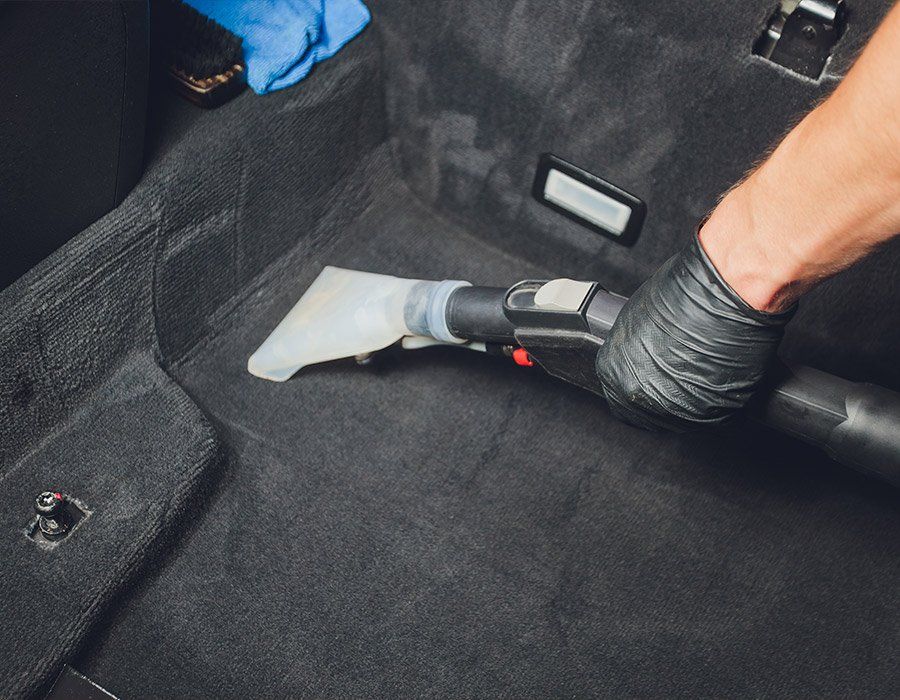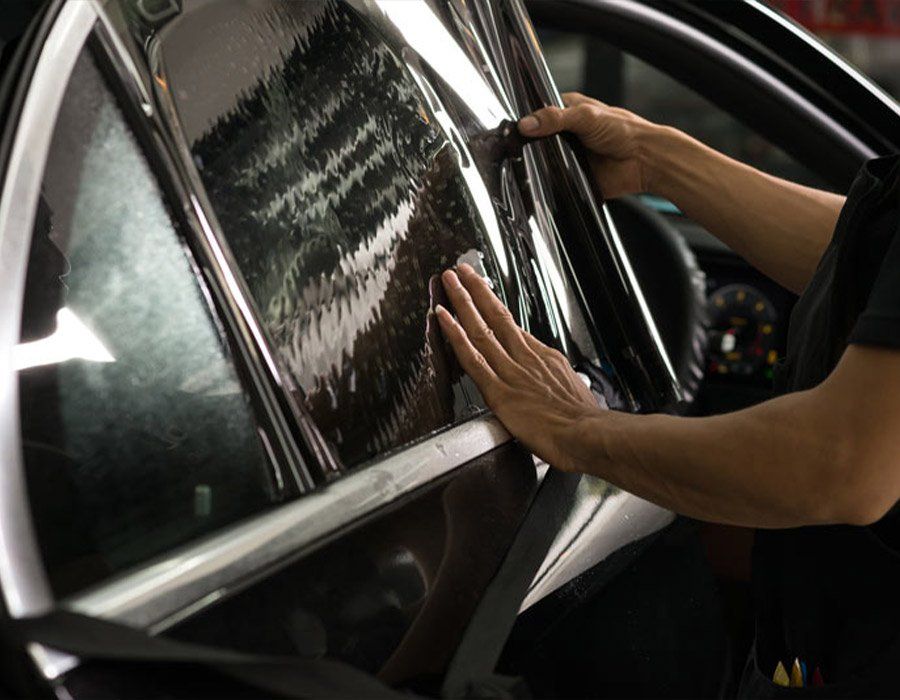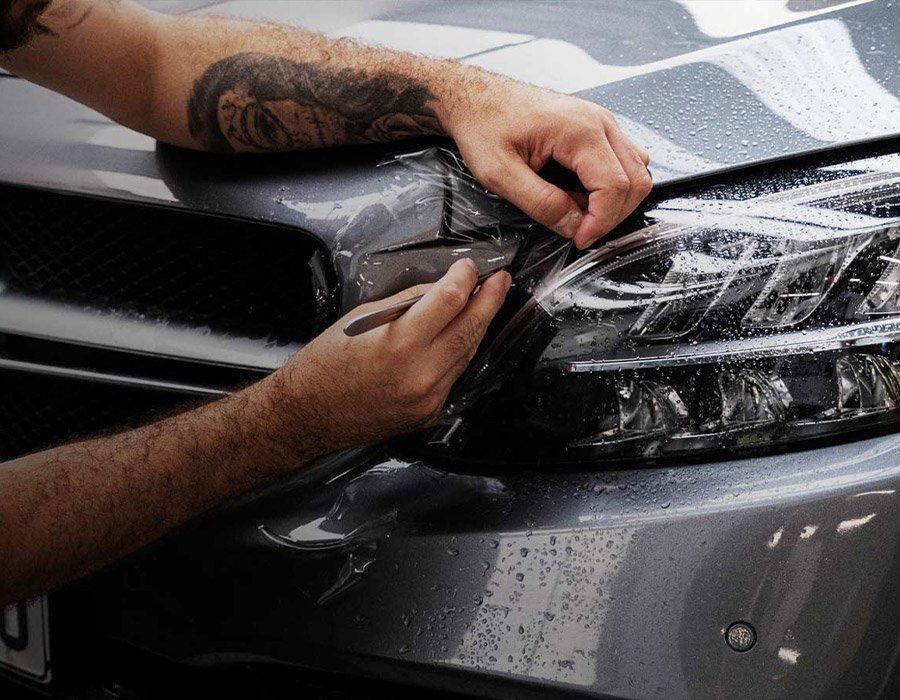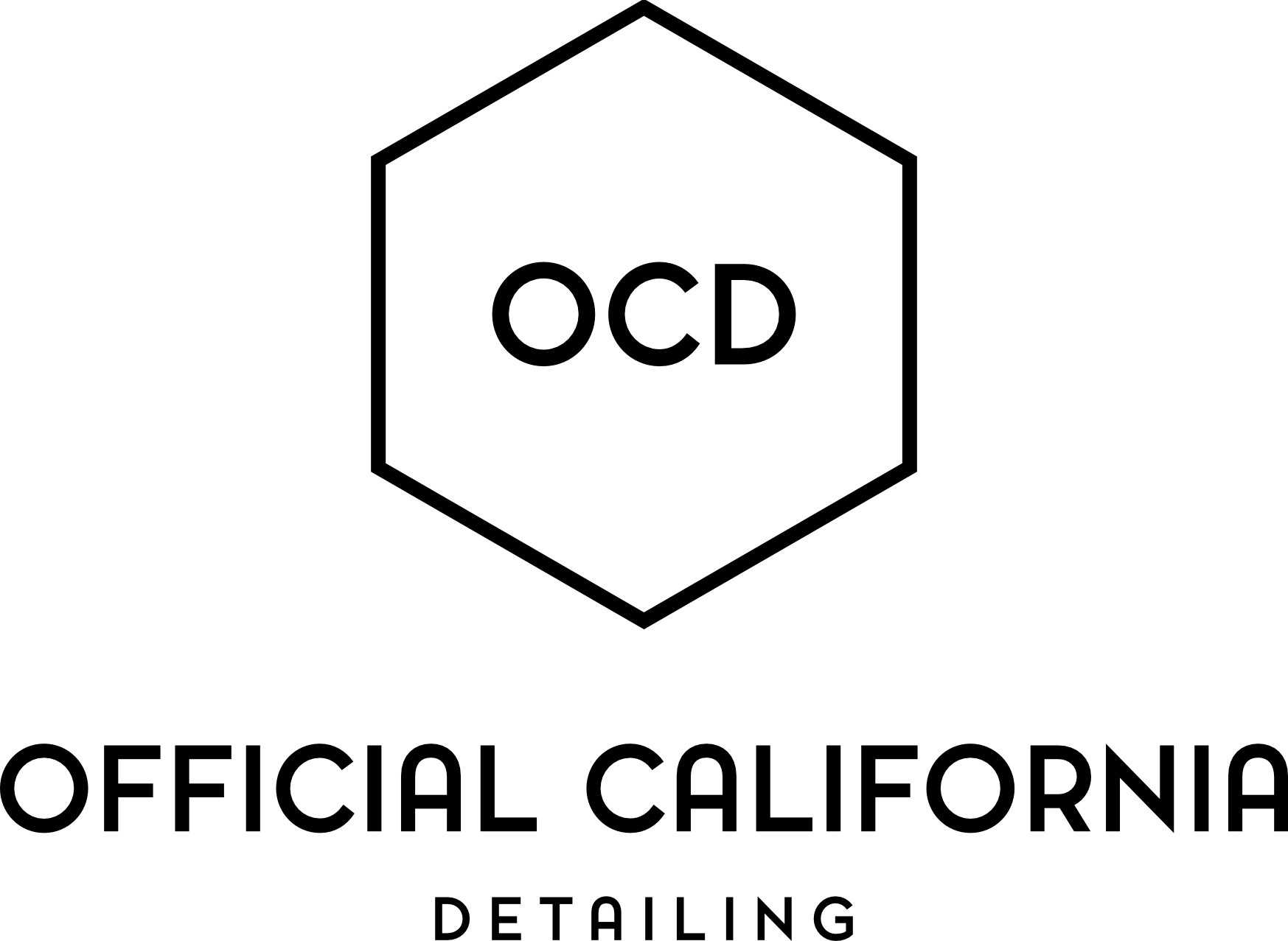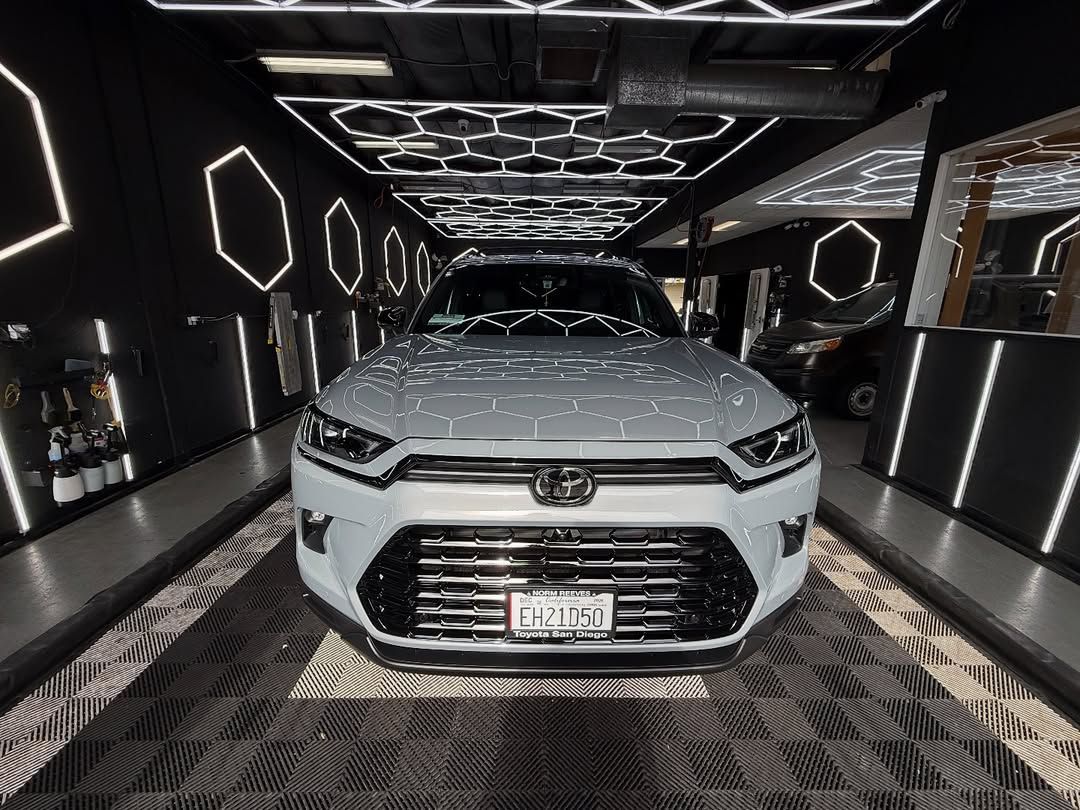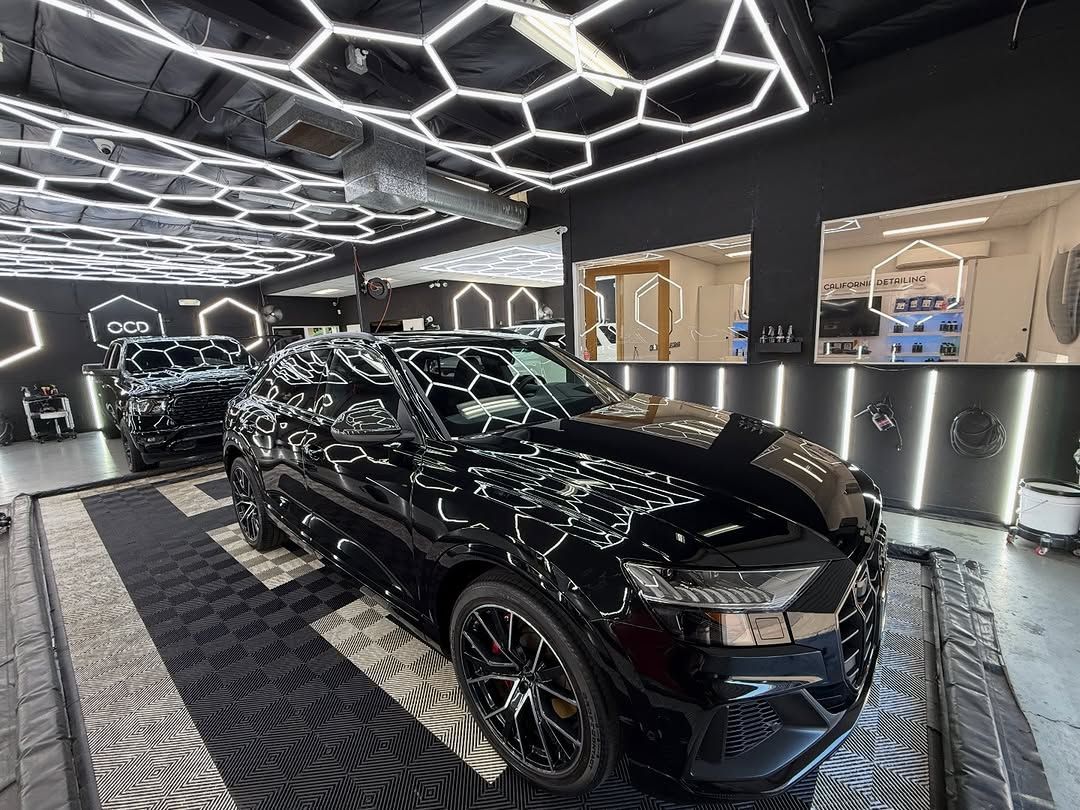Official California Detailing Blog
What Happens If It Rains After Having a Ceramic Coating Installed?
(619) 760-4962 GET A QUOTE NOWRain after a ceramic coating is applied may lead to mixed results, depending on the stage of drying the coating is at. If the ceramic coat is still fresh and curing, rain can leave water spots or streaks, jeopardizing the finish. On the other hand, a fully cured ceramic coating has hydrophobic properties that naturally repel water, meaning no harm is done. Surprisingly, this means timing plays a significant role in how your vehicle responds to rain after a new ceramic coating installation. So, let's discover the immediate effects of rain on a new ceramic coating.
If it rains shortly after having a ceramic coating installed, the water should bead up and roll off effortlessly due to the hydrophobic properties of the coating. However, it is recommended to avoid washing or driving in the rain for the first week after installation to allow for proper curing.
The Immediate Effects of Rain on a New Ceramic Coating
As you drive your newly coated car out of the detailing studio, there's always some concern about unforeseen factors such as rain impacting the curing process and overall effectiveness of the coating. Understanding how rain can affect your newly ceramic-coated vehicle is crucial for maintaining its pristine appearance.
Impact of Rain on a Freshly Coated Vehicle
During the initial days after applying a ceramic coating to your car, the coating is in the curing stage, meaning it is still hardening and settling onto the surface. At this stage, rain can pose some challenges. If your vehicle gets caught in the rain before the ceramic coating has fully cured, water spots and streaks may develop due to the interaction between the water droplets and the partially cured coating.
Because the hydrophobic properties of the coating aren't fully activated yet, rainwater may bead up unevenly or cling to specific areas, resulting in cosmetic issues that can be easily remedied during regular maintenance rather than being a permanent flaw in the coating itself.
Conversely, if the ceramic coating has been given adequate time to cure before encountering rainfall, its hydrophobic properties should repel water effectively. This means that rainwater will bead up and roll off effortlessly, preventing any water spots or streaks from forming on the surface. The fully cured ceramic coating acts as a protective shield against water, allowing it to slide off without leaving any visible marks.
It is essential to note that each ceramic coating product may have different curing times, typically ranging from a few hours to several days depending on environmental conditions such as temperature and humidity. Therefore, staying mindful of the curing period recommended by your detailing professional is vital in understanding when your vehicle's ceramic coating will be fully prepared to withstand environmental factors like rain.
A fully cured ceramic coating not only shields your vehicle from unsightly water spots but also offers protection against potential damage or mineral deposits that may occur when rainwater dries on untreated surfaces, safeguarding your investment in automotive paint protection.
Given these insights, it's evident that knowing the immediate effects of rain on a new ceramic coating and recognizing its curing timeline are essential aspects to consider for preserving and maintaining the appearance and performance of your vehicle's exterior.
Understanding how rain can impact a freshly coated vehicle leads us to explore the necessary actions to take if rainfall occurs right after ceramic coating installation.

Actions to Take if It Rains After Ceramic Coating Installation
So, you've just had your car treated with a fresh ceramic coating, and wouldn't you know it, the clouds start pouring right after. But don't worry; there are steps you can take to minimize any potential issues caused by the rain.
Immediate Drying
In an ideal scenario, if it starts raining immediately after the coating application, try to move your vehicle gently indoors or to a covered area. This prevents water from interfering with the curing process of the ceramic coating. Ensuring the surface stays dry during the critical initial curing stage will promote a flawless finish and maximize the effectiveness of the protection.
Pat Drying If luck isn't on your side and your vehicle gets exposed to rain before the ceramic coating fully cures, there's a solution. Grab a soft microfiber towel and gently pat dry the surfaces. This will help prevent water spots and streaks from forming as the water evaporates.
Remember, this delicate drying process is aimed at minimizing water's potential interference with the bonding and hardening of the ceramic coating. Effectively managing this unexpected rainfall is crucial for maintaining the integrity and effectiveness of the protective layer over your vehicle's paintwork.
By being proactive in addressing these immediate concerns, you demonstrate an ongoing commitment to safeguarding your investment. Taking these steps will help ensure that your newly applied ceramic coating retains its quality and continues to provide long-term protection for your vehicle's exterior.
Regardless of the circumstances, swift and cautious action when faced with untimely rain can make all the difference in preserving the quality and durability of your ceramic coating.
Maintaining a Ceramic Coating in Rain and Wet Conditions
Driving in the rain can lead to splashes and droplets from the road landing on your car's body. Despite being inevitable, it might seem like this could ruin the effects of your ceramic coating by making it all muddy again, but worry not! There are simple things you can do to maintain that sleek coat during or after a rain shower.
Regular Washing
Frequent gentle washes are essential to keeping your ceramic coating in top condition. Regular washing helps remove dirt and contaminants that rainwater may deposit on the coating, thereby preserving its hydrophobic properties. The hydrophobic feature of the coating makes water bead up and roll off effortlessly, reducing the need for constant washing and maintenance.
By washing your car frequently, you prevent the buildup of dirt and pollutants from adhering to the coating. This not only maintains the glossy appearance of your vehicle but also ensures that the hydrophobic qualities remain effective in repelling water. When washing, opt for a pH-neutral car shampoo and a soft wash mitt to avoid damaging the coating.
Drying After Rain
After rainy weather, it's crucial to ensure that your vehicle is thoroughly dried with a microfiber towel. This step helps prevent water spots, mineral deposits, and contaminants from adhering to the coating. While rainwater on its own won't harm the ceramic coating, leaving water to dry on the surface can result in unsightly water spots that obscure the vehicle's shine. By drying the car after rain showers, you maintain the pristine finish provided by the ceramic coating.
It's important to remember that consistent washing and proper drying are essential practices for maintaining the integrity of your ceramic coating through various weather conditions.
By incorporating these simple maintenance tasks into your regular car care routine, you can ensure that your ceramic coating remains effective in repelling water and maintaining its glossy appearance regardless of rainy conditions.
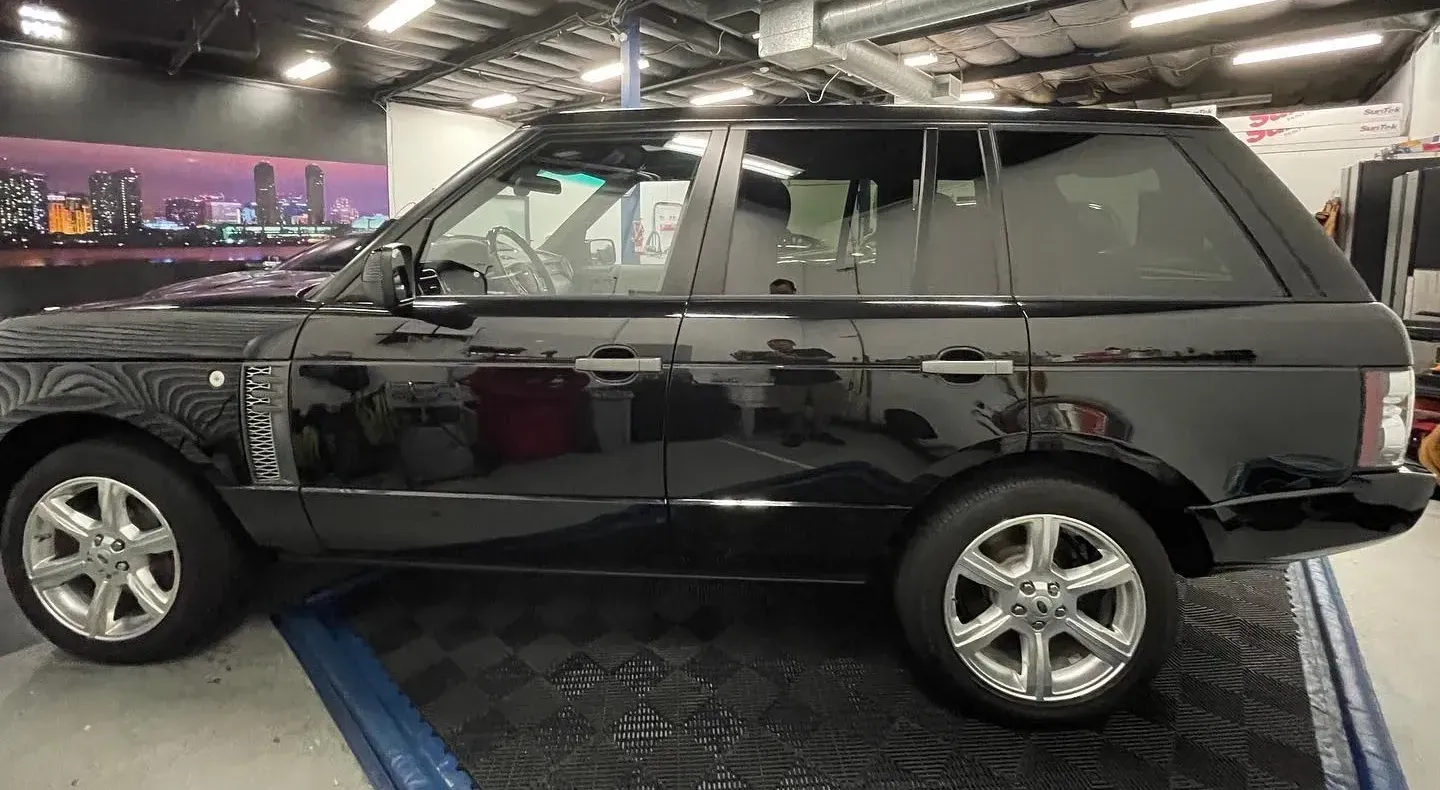
Implications of Water-Based Contaminants on Ceramic Coatings
Water-based contaminants pose a significant threat to the integrity and appearance of your ceramic coating. When it comes to rain, not all rain is created equal—acid rain can be particularly problematic. The acidity in acid rain can actually etch into the surface of the coating, leading to dull spots and potential damage, compromising the sleek, glossy finish that the ceramic coating provides and diminishing the overall appearance of your vehicle.
Furthermore, when hard water dries on the surface of your car, it can leave behind mineral deposits. These mineral deposits become much more noticeable on a protected surface because they create uneven areas and spots that diminish the shine and aesthetic appeal. Essentially, hard water can act as an obstacle, hindering the full potential of your ceramic coating.
This means that after every instance of exposure to rain or wet conditions, prompt washing and effective drying are critical steps. Washing your car right after exposure to rainfall can help remove any lingering contaminants that may have settled on the surface. Proper drying techniques ensure that no water or residue is left behind, preserving the pristine appearance of your ceramic coating.
Protecting Your Investment
When considering your investment in a ceramic coating for your vehicle, it's essential to understand both the benefits ceramic coating offers and the maintenance required to uphold those benefits. While a high-quality ceramic coating provides exceptional protection against environmental factors, proper care and attention are necessary to maximize its longevity and appearance.
Knowing how water-based impurities can impact ceramic coatings emphasizes the significance of careful upkeep and repair. Let's move on to explore some practical tips for mitigating these risks.
Regular Maintenance and Upkeep for Rainy Weather
Living in an area with frequent rainfall requires extra care for your ceramic-coated car. Rainwater can contain all kinds of impurities that can impact the longevity and effectiveness of the coating. So, how can you ensure that your ceramic coating remains intact and protective during the rainy season?
The first and most important thing to keep in mind is that frequent inspections are key. After a heavy downpour, take a few moments to inspect your car carefully for any signs of water spots or mineral deposits. When left unchecked, these can compromise the appearance of your vehicle and even compromise the protection provided by your ceramic coating.
Gentle washing is also crucial. After rainy spells, make sure to give your car a gentle wash to remove any dirt, grime, or contaminants carried by rain. Using a gentle car shampoo and a soft microfiber wash mitt will help avoid scratching or damaging the coating while effectively removing any residual contaminants from the rain.
Furthermore, immediate drying after rain is essential. If it has rained recently, ensure that your vehicle is completely dry, especially in hard-to-reach areas such as trim pieces and door jambs where water may collect. Water spots can form if not dried promptly, affecting the glossy finish of the ceramic coating.
Consider investing in a quality car drying towel specifically designed for this purpose. These towels are highly absorbent and gentle on the paint surface, making the task of drying off your vehicle both effective and safe.
By following these ceramic coating maintenance practices, you can ensure that your ceramic coating remains effective in repelling water and protecting your vehicle's paintwork, even during periods of heavy rainfall.
Alternatives to Ceramic Coating for Rainy Climates
If you live in an area that receives frequent rain or has consistently high humidity levels, you might be concerned about how well a ceramic coating will hold up under these conditions. However, there are other options available that could suit your needs beautifully.
Paint Protection Films (PPF) are one such alternative. PPF is a transparent film applied directly to the car's surface, providing robust protection against water, moisture, and environmental contaminants. This makes it highly effective in areas with heavy rainfall or high humidity.
It's crucial to note that when it comes to vehicle protection in specific climates, the advice of professional auto detailing experts is invaluable. Each alternative has its own unique advantages based on specific needs and preferences. Seeking professional advice allows for tailored solutions that take into account the exact conditions your car faces on a daily basis.
For expert advice on choosing the best car protection solution for your specific needs, Contact us or call us at (619) 760-4962.
